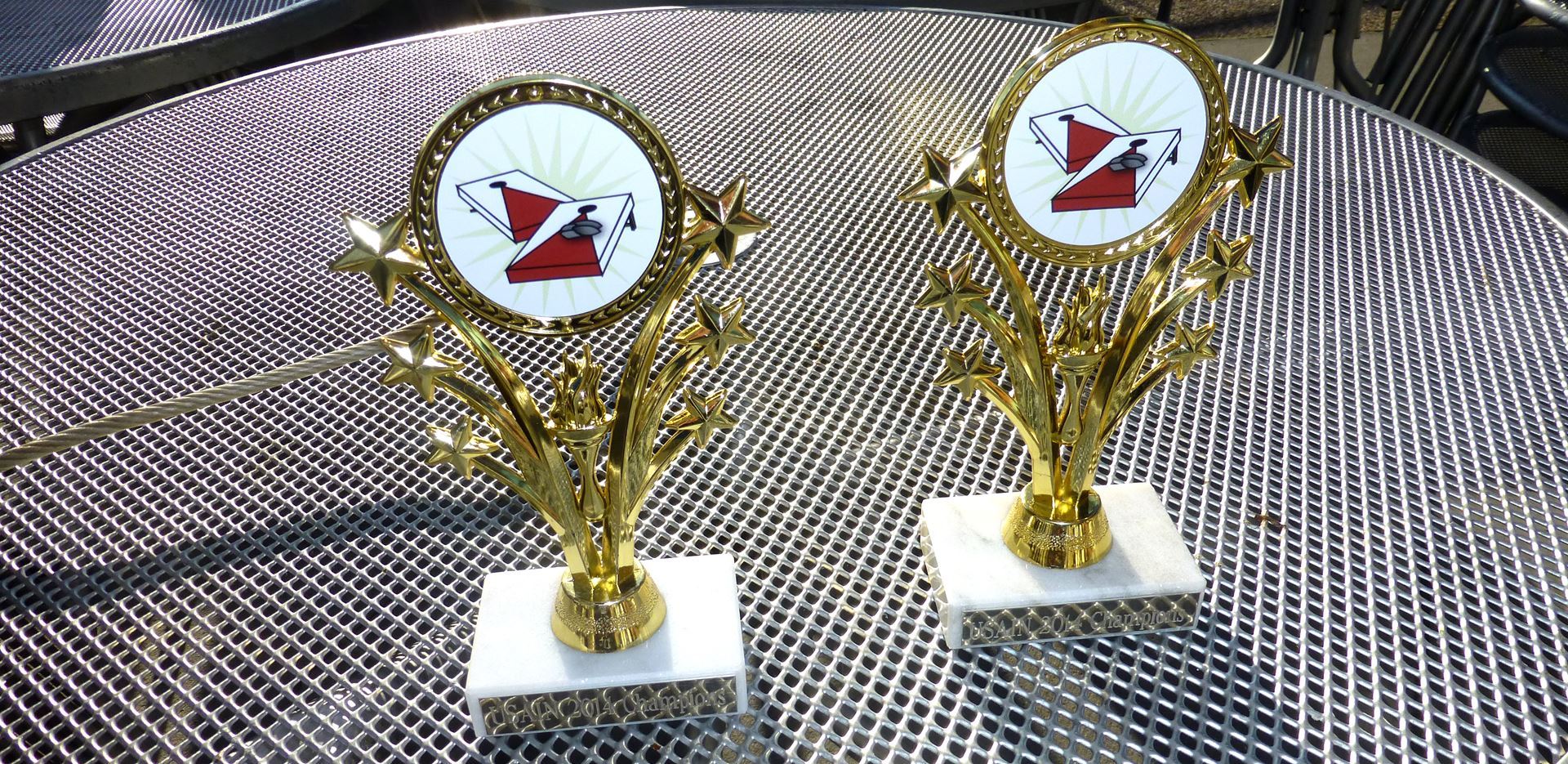Achievements
 USAIN members have been leaders in areas of preservation and information accessNational Preservation Plan A National Preservation Program for Agricultural Literature was written by consultant Nancy Gwinn in 1993 under the leadership of a U.S. Agricultural Information Network Advisory Panel on Preservation. Following the adoption of the plan, USAIN established the National Preservation Special Project Committee to implement the plan.Goals of the Plan are to preserve and provide access to agricultural literature published or produced prior to 1950. Preservation may involve treatment of originals or reformatting, depending upon the nature of the material being preserved. Goals are accomplished through a series of systematically organized and coordinated projects combined with local initiatives. The plan focuses primarily on U.S. publications. Projects supported through the National Preservation Program are expected to employ all relevant archival preservation standards and guidelines. The National Preservation Plan for Agricultural Literature was one of the first broad subject-based plans designed to systematically identify and preserve the literature of a discipline. Preserving the History of U.S. Agriculture and Rural Life Grant Projects Cornell University, on behalf of the U.S. Agricultural Information Network (USAIN), and in cooperation with other land grant university libraries, received a series of grants from the National Endowment for the Humanities (NEH) to preserve the most significant published materials on the history of state and local agriculture and rural life. In the first phases of the project, USAIN provided funding for consultant Carolyn Clark Morrow to write the grants. The grant project uses a model developed for the National Preservation Program for Agricultural Literature, partnering scholars and librarians to identify and preserve the most significant agricultural literature of a state. AGRICOLA Surveys The AGRICOLA literature database created by USDA's National Agricultural Library (NAL) is a fundamental research tool in agriculture and related disciplines. A series of projects undertaken by the AGRICOLA Interest Group between 1998 and 2002 provided critical evaluative information for the USAIN members as well as the National Agricultural Library.
National Agricultural Information Infrastructure In 2005, the president of USAIN, Luti Salisbury, charged a task force to draft a white paper "(a) documenting the important role and contributions of agriculture and the agricultural information community to the well-being of society; (b) identifying current players and systems in the U.S. agricultural information environment; (c) reviewing national and international trends in information technologies, standards, and user demands; and (d) suggesting options and opportunities for developing a more efficient, coherent, and collaborative infrastructure that will be scalable over time." Making the Case for a Next-Generation Digital Information System to Ensure America's Leadership in the Agricultural Sciences in the 21st Century was issued by USAIN in 2008. (pdf)
Best Practices in Collaboration and Cooperation Among Libraries, Cooperative Extension, and Agricultural Experiment Stations in Land-Grant UniversitiesIn 2004 and 2005, a task force comprising members from several organizations including AgNIC, ARL and ALA surveyed land grant libraries, experiment stations, and extension experts to identify best practices in collaboration. Outcomes include a report (pdf) and specific survey results (pdf). |
